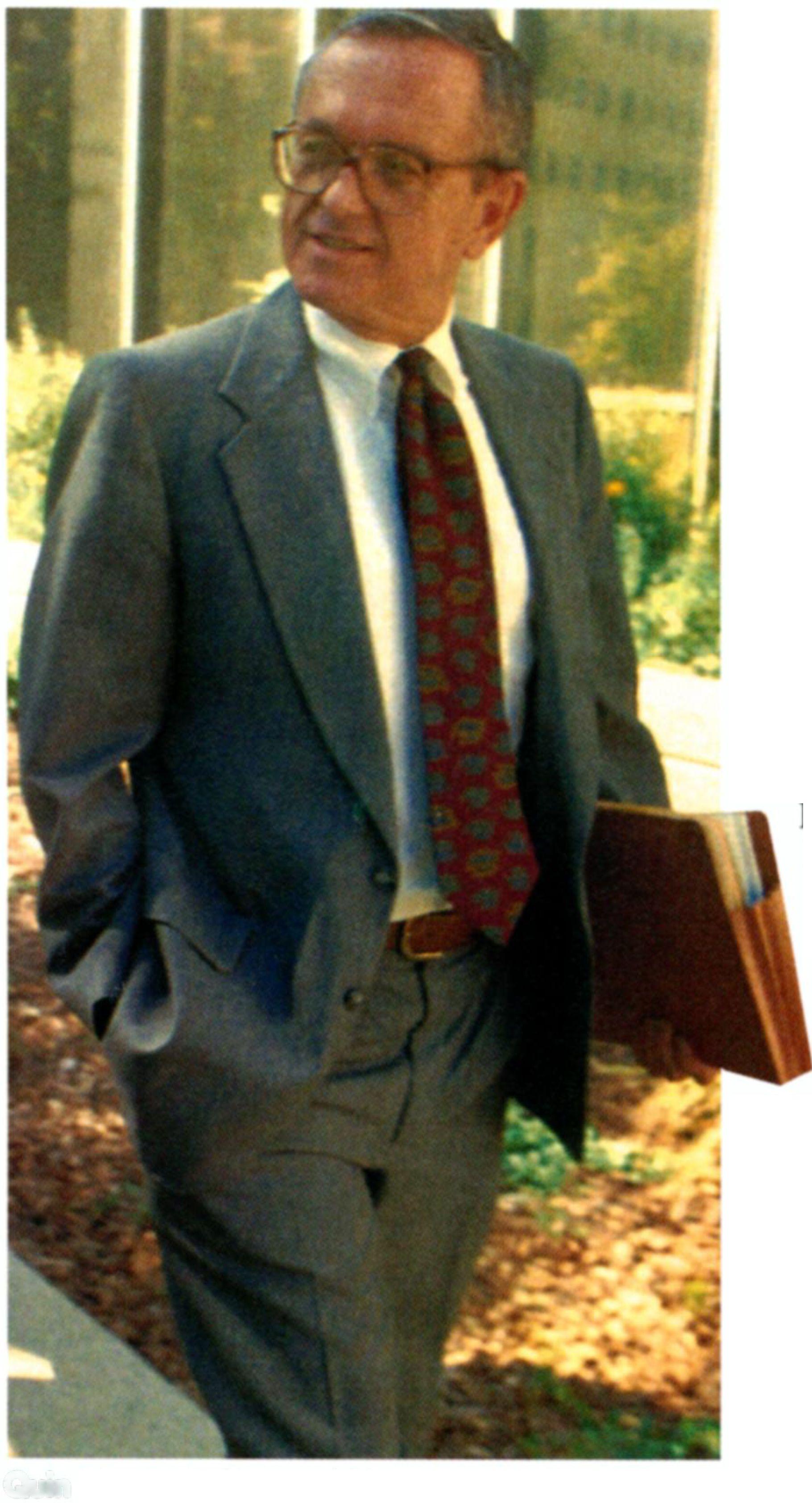Michael Higgins
A Difficult Client
Unabomber lawyer outlines a strategy he never used
As it turned out, Quin Denvir didn’t have to stand before a jury and argue for the life of a man whose bombs killed three people and wounded 28 others.
But the lawyer for Unabomber Ted Kaczynski was ready, and he says the heroism of Kaczynski’s brother and the sheer bleakness of his client’s tiny cabin home might have been enough to sway the jury.
“Obviously, it was a tough case,” Denvir told the ABA Journal, reflecting on the showdown that did not occur. “You had a lot of injuries, a lot of sadness. But I think this jury would have been open to what was really the only right result.”
A Wild Ride
Denvir and co-counsel Judy Clarke, both federal public defenders, fought for Kaczynski’s life during roller-coaster pretrial proceedings. The pair hung on as their client stubbornly refused to use his mental illness as a defense, demanded to act as his own lawyer and even tried to kill himself.
Federal prosecutors had assembled a fearsome case against the 55-year-old antitechnology zealot, but dropped their demand for the death penalty after prosecution psychiatrist Sally Johnson concluded that the defendant was a paranoid schizophrenic.
On Jan. 22, both sides agreed to a plea bargain in which Kaczynski accepted a life sentence without parole, admitted to all of the bombings and forfeited his appeal rights.
Meanwhile, Clarke and Denvir had a plan to show that their client was too ill to deserve the death penalty. As part of the strategy, they moved Kaczynski’s Montana cabin to Sacramento as evidence.
“‘Cabin’ is kind of a euphemism,” Denvir says of the 10-by-12-foot structure, which housed a stove, a table and a chair. “You just realize what a tight, confined space he voluntarily lived in for 25 years.
“Two little, tiny windows; no water; no plumbing; limited light.... In some ways, the cabin spoke a lot more to his mental state than the testimony of an expert.”

AP PHOTO/RICH PEDRONCELLI
Kaczynski, however, protested the mental illness strategy to U.S. District Judge Garland Burrell. At one point prosecutors asked the judge to bar the defense.
Some legal-ethics experts believed the prosecutors’ argument would prevail. But Denvir says he and Clarke were confident their duty to defend Kaczynski competently outweighed any right he had to dictate trial tactics.
“Does the client get to decide what questions to ask? What witnesses to call? What objections to raise?” Denvir asks. “I think those are all things that are entrusted to counsel.”
Denvir says he was concerned, however, that the judge might grant Kaczynski’s request to represent himself. “Generally, self-representation is a disaster,” Denvir says. “But when you have someone who is mentally ill representing himself—and refusing to present any evidence of mental illness—that’s true disaster.”
If the trial had reached the penalty phase, the testimony of Ted Kaczynski’s brother may also have proven critical, Denvir says. It was David Kaczynski who first linked the Unabomber’s manifesto to his brother’s writings, and notified the FBI. David, 47, also had said he hoped turning his brother in would be a way to ensure that his mental illness was treated.
“[Because of] David’s unique role,” Denvir says, prosecutors should have considered an option of life without parole.
Reporters flocked to Sacramento, of course, when jury selection began in November. Denvir calls their stories “generally balanced and accurate.”
In fact, news coverage of the case probably helped humanize Kaczynski, Denvir says. Before his arrest, the Unabomber was known only as a hooded figure in dark glasses—the impression captured in the famous composite sketch.
The real Ted Kaczynski, a fallen college professor and hermit, had committed horrific crimes. But he was unlike that sinister image, Denvir says. “I think from the time people saw that first picture of him and that cabin, they understood they were dealing with someone who had serious mental problems.”
